Best Pirce 🛒 Forclaz Trek 100, Waterproof Hiking 🥾 Boots, Men’s 😀
$60.00 Original price was: $60.00.$48.60Current price is: $48.60.
- Experience the Best Quality
- The quality you expect, the service you deserve.
- The best quality products, always.
- Safe Transactions, Happy Customers

Do you want to discover long-distance walking? These comfortable and light boots are made for you. The right balance between flexibility and support makes for an extremely natural walk.
These boots with a waterproof upper make walking comfortable and provide good support.
Made in Europe
Manufacturing: 100% of our Forclaz shoes are made in Europe.
These boots are manufactured in the European Union, in Romania, in a factory specialized in the production of backpacking boots (Grisport).
This factory uses exclusively water-based glues, without chemical solvents.
Most materials are of European origin.
Manufacturer: https://grisport.it/company/?lang=en
Tip: copy and paste the links you find on this page into your favorite browser
What kind of trails are this boot made for?
This boot is designed for backpacking on generally low-altitude routes and/or on easier marked trails.
Why choose a textile model? Benefits and disadvantages.
Benefits
– The synthetic materials are lightweight and flexible giving you unquestionable immediate comfort.
– The synthetic materials give good ventilation. (these synthetic models are more suited to the summers)
Disadvantages:
– For water resistance, they must really be combined with a waterproof membrane. (this is the case for all our Forclaz backpacking boots)
– Maintain waterproofing over time using temporary treatments.
Contact® technology. Grip and traction of our soles
The grip and traction of our soles is certified Contact®
To be awarded certification, the boots must pass laboratory tests to assess the grip rate on different surfaces (smooth, rugged, dry, wet). To validate these tests, we assess the quality of our soles in the field, the mountains, by a panel of representative testers over 310 miles
Their notching also gives you grip adapted to muddy or wet terrain
How waterproof are these boots?
This boot has been validated by a waterproofing test at 10,000 repeatable flexes, i.e. 6 miles – 3 hours of walking, in water up to the mid-upper, which today guarantees a very good level of waterproofing for your boots.
--> Our assessment indicates a level of 2/5, giving 3 hours of waterproofing when hiking in the rain.
The details of tests carried out to assess the waterproofing of our boots is below.
How to make waterproofing last longer on this textile backpacking boot
Even though this model has a waterproof membrane (waterproof, breathable), it is recommended you use a re-waterproofing spray a few times a year to restore the original water-repellent properties and prevent staining
--> It revitalizes the water-repellent properties of the outer material (water runs off the surface and doesn’t soak in). Each fabric section is then sprayed and in particular the seams are not to be forgotten. (water loves the seams!)
How to maintain your textile boots steps to follow
1 / Use a brush and/or a sponge to clean; remove any soil or mud.
2/ Then leave to air-dry, away from any heat source.
3 / Shake the waterproof spray can
4 / Spray the product from a distance of 10″
5 / Leave for at least 10 minutes. Caution: Do not rub or wipe.
Link to spray below
https://www.decathlon.co.uk/p/100-ml-waterproof-stain-resistant-spray-for-leather-and-textile-walking-shoes/_/R-p-312940
Waterproof boot or gaiter? it’s not necessarily one or the other! It provides additional protection
The waterproofing of boots is often compromised because water gets in at the collar of the boot. --> To keep your feet dry for longer, it is advisable to use a waterproof gaiter or mini-gaiter that will prevent water as well as pebbles and sand from getting inside through the top of the boot.
Model perfectly suited to this MT500 Black Backpacking Gaiter
https://www.decathlon.co.uk/p/trek-500-trekking-gaiters-black/_/R-p-124466?mc=8347880&c=BLACK
Environmental approach, dope-dyed
Dope-dyeing process of the inner lining of this model
In order to reduce quantity of water used in this bulk dyeing process, the thread is dyed and not the fabric.
This technique saves up to 60% water and considerably reduces CO2 emissions. This also reduces color fading over time.
Environmental approach, recycled polyester
Outer upper made from 90% recycled polyester
Polyester, made from the chemical (not energy) byproducts of petroleum, is used in several of our industrial processes, particularly in textiles and heavy-duty clothing products. The CO2 impact of this material is significant and contributes to the depletion of the resources used in its manufacture. It is important to work toward our independence from fossil fuels and find solutions to the environmental concerns of sportspeople through innovation.
Which size should you select?
For hiking, do not hesitate to buy 1 size larger than the usual size to guarantee excellent comfort on the descent and to avoid toes rubbing at the tip of the boot. Tip: keep your toenails short and, before descending, check that your lacing prevents your foot from sliding forward inside the boot.
Buying tips: how to try on your boots
How to choose your boots:
1. Try on both boots, standing up and wearing the socks you use for hiking. 2. Tighten the laces correctly.
3. Check the following 2 areas of comfort: the base of the heel and the front part of the foot going down. 4. Get up to walk with the boots on.
5. Try on several sizes and models.
6. Break in your boots gradually during their 1st hikes to adapt them to your foot
Waterproofing test
Our boots are laboratory tested by 2 consecutive tests.
Test 1: We test the effectiveness of the membrane alone immersed in water under air pressure. We simply check for any bubbles on the surface like a pierced air chamber.
Test 2: Using a mechanical arm that simulates walking, the entire boots are half immersed in water and they complete thousands of flexes to check that the inside of the boot remains dry and it is therefore waterproof.
5 levels of waterproofing
During the waterproofing test, we test 5 levels of waterproofing:
– 2,000 flexes (approximately 2.5 miles, 30 minutes of walking)
– 10,000 flexes (approximately 6 miles, 3 hours of walking)
– 30,000 flexes (approximately 9 miles, 6 hours of walking)
– 50,000 flexes (approximately 12 miles, 8 hours of walking)
– 100,000 flexes (approximately >12 miles, 24 hours of walking)
| Color | Pewter, Granite |
|---|---|
| Size | 7.5, 8, 9, 9.5, 10.5, 11.5, 12, 6.5, 13, 13.5 |
Be the first to review “Best Pirce 🛒 Forclaz Trek 100, Waterproof Hiking 🥾 Boots, Men’s 😀” Cancel reply
Related products
Hiking Clothing
Deals 🥰 Hiking Clothing Quechua MH100, Hiking Shorts, Men’s 🤩
Hiking Clothing
Hiking Clothing
Hiking Clothing
Hiking Clothing
Cheap 🥰 Quechua MH100, Short Sleeved Hiking T-Shirt, Men’s 👍













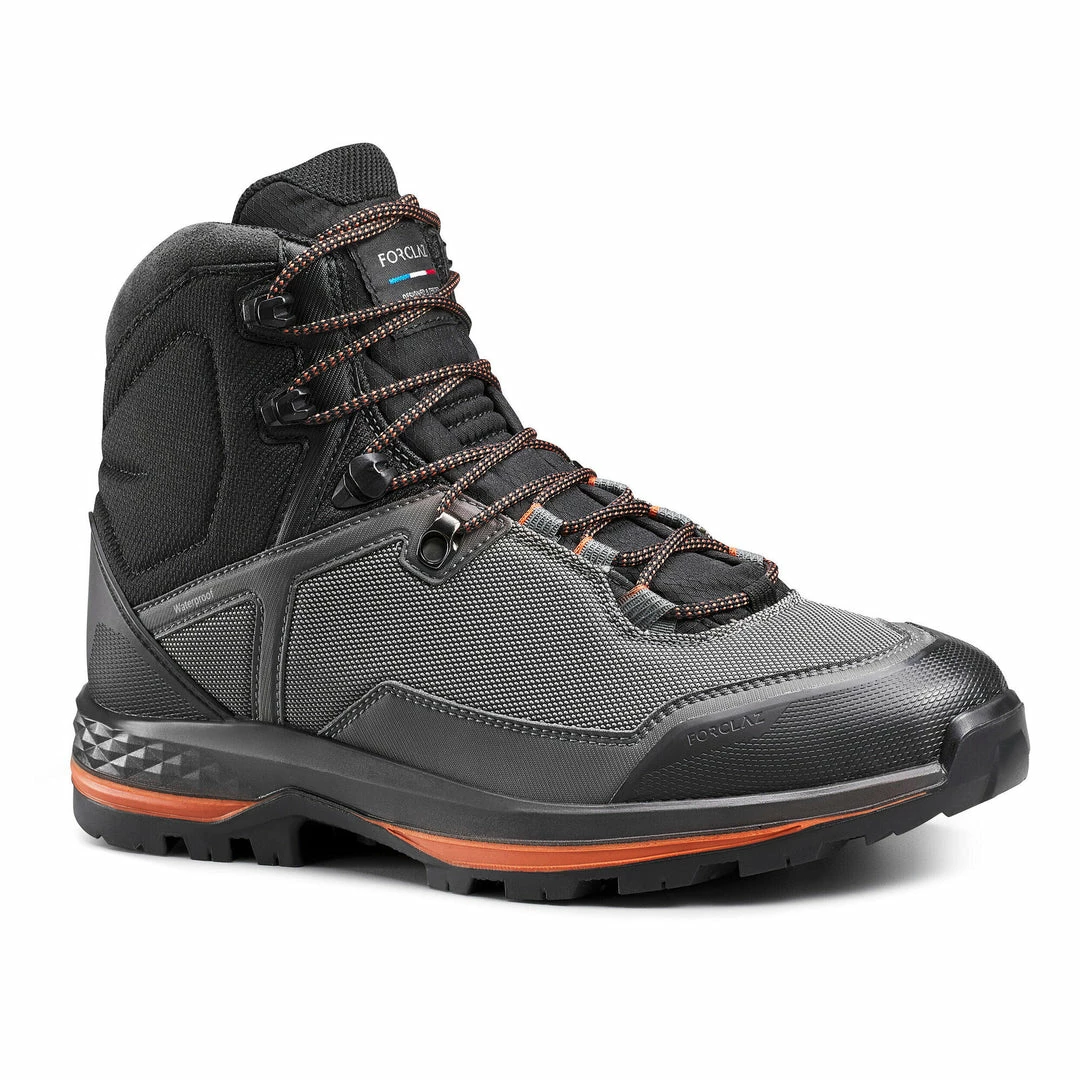
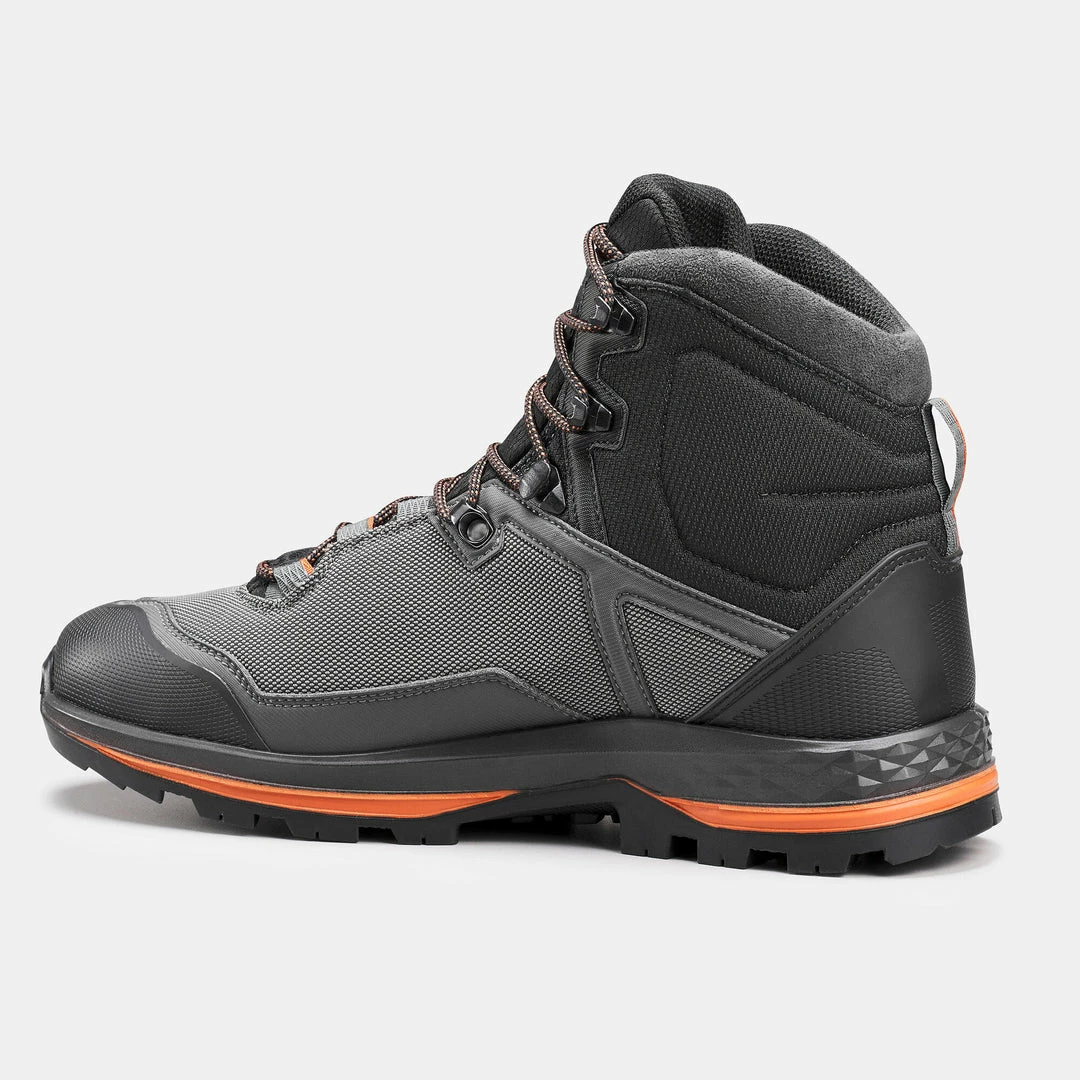
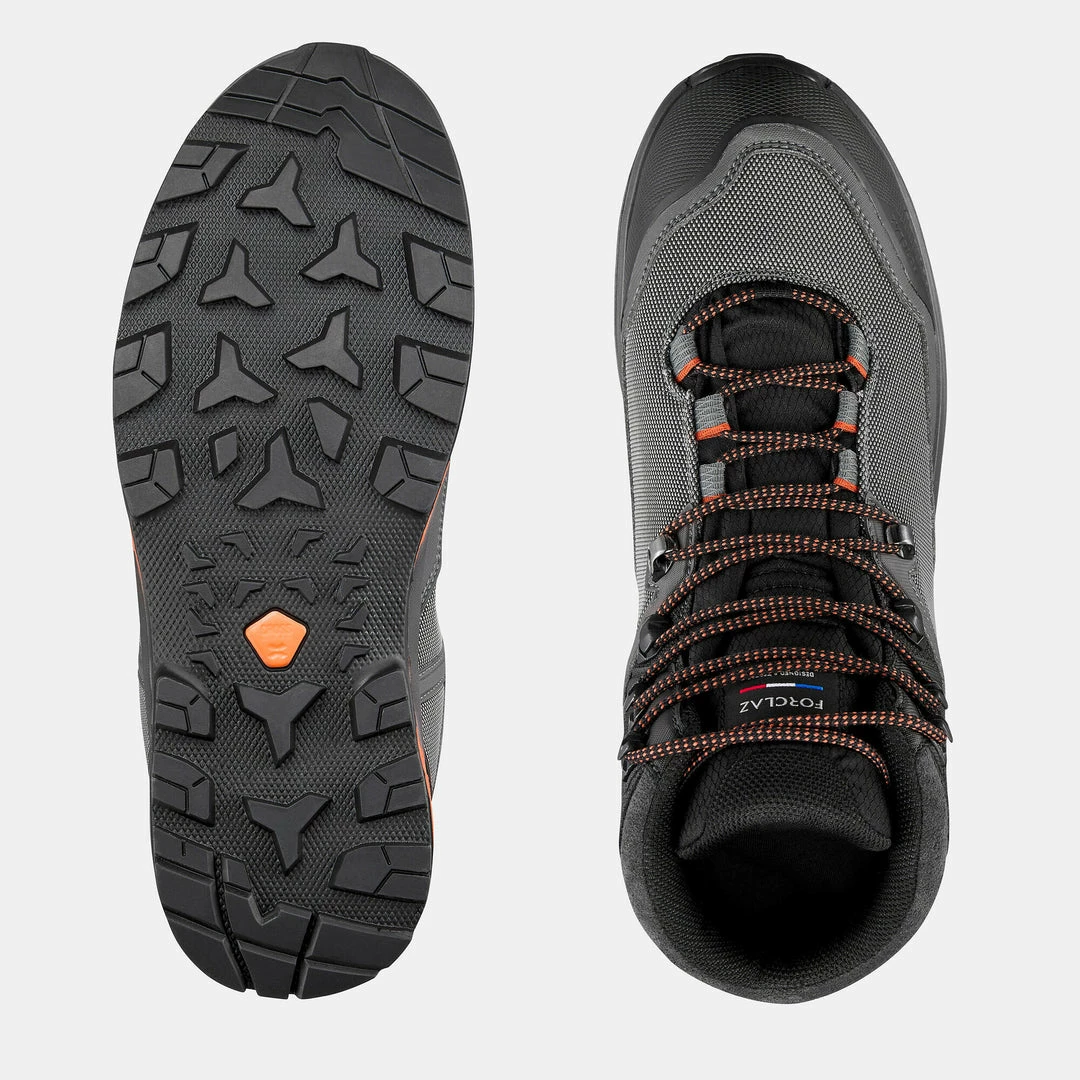


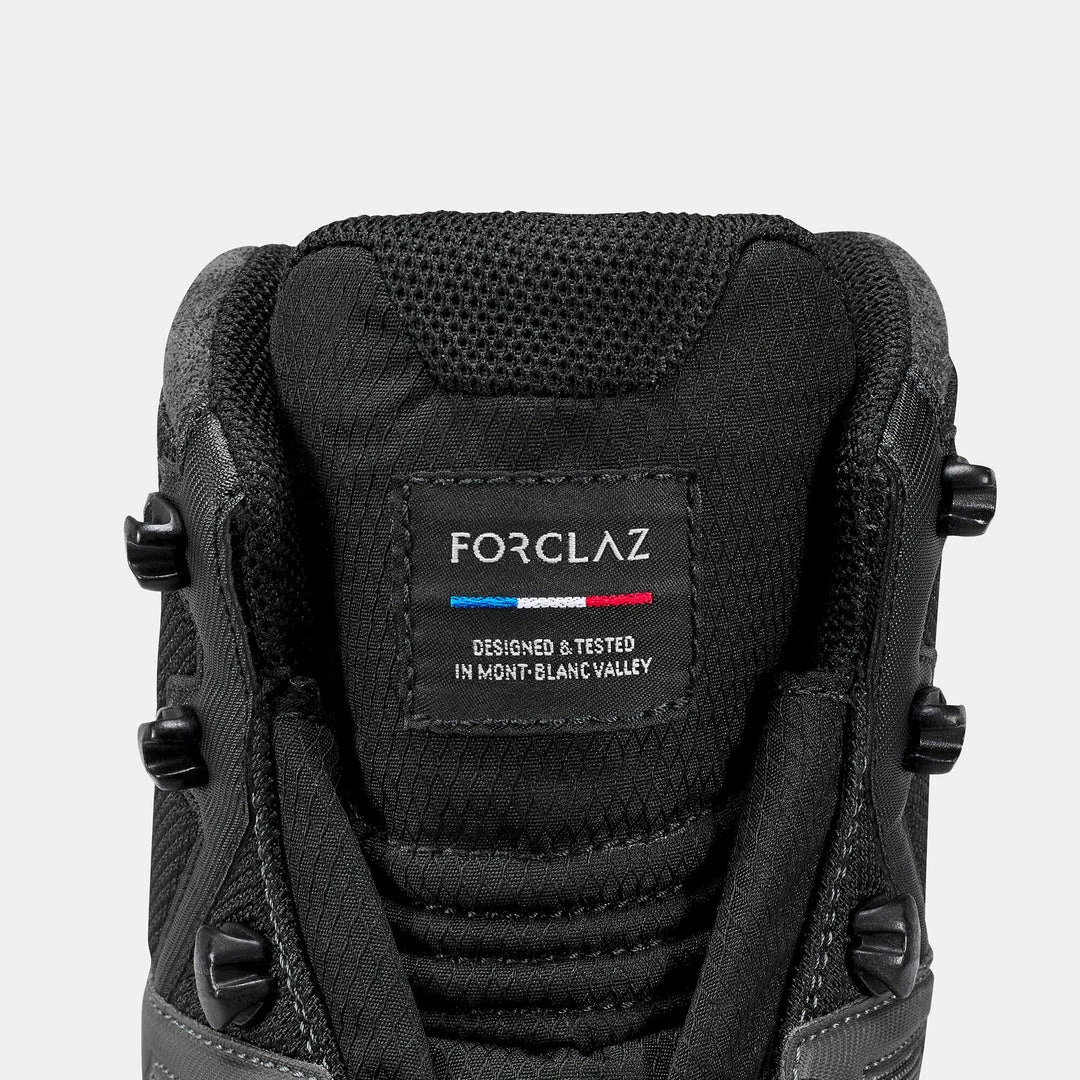


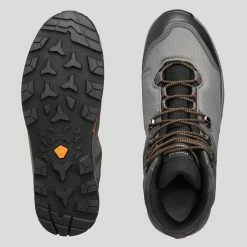







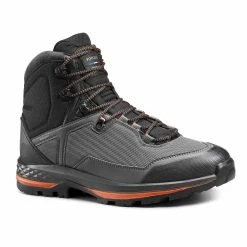
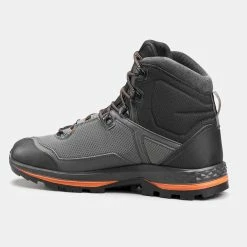
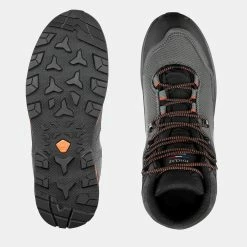
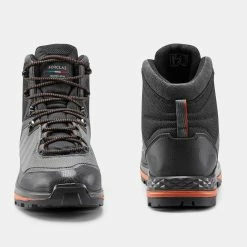




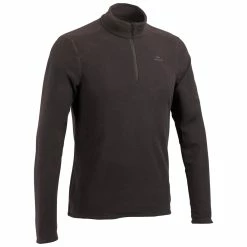
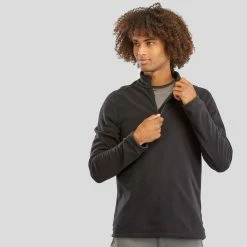











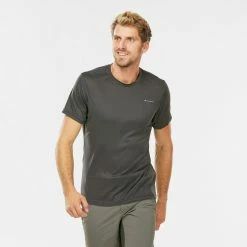
Reviews
There are no reviews yet.